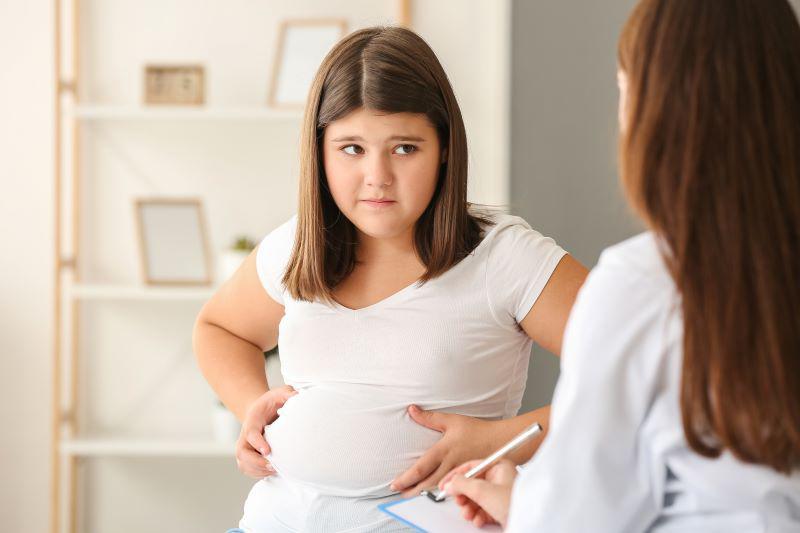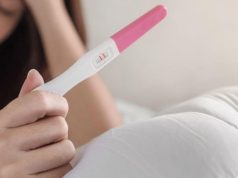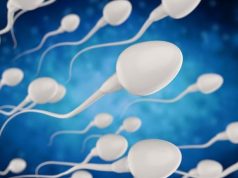However, children born after frozen-thawed embryo transfer had higher BMI than after fresh embryo transfer
By Lori Solomon HealthDay Reporter
WEDNESDAY, Dec. 20, 2023 (HealthDay News) — Being born after assisted reproductive technology (ART) is not associated with higher body mass index (BMI) at age 5 to 8 years, according to a study published online Dec. 19 in PLOS Medicine.
Kristina Laugesen, M.D., Ph.D., from Aarhus University in Denmark, and colleagues examined associations between different fertility treatments and BMI in children at age 5 to 8 years. The analysis included 327,301 Danish children born between 2007 and 2012 (13,675 born after ART and 7,728 born after ovulation induction with or without intrauterine insemination [OI/IUI]).
The researchers found that the crude prevalence of obesity was 1.9 percent in children born after ART, 2.0 percent in those born after OI/IUI, and 2.7 percent in those born after no fertility treatment. Children born after ART and OI/IUI had the same prevalence of being overweight (11 percent; prevalence odds ratio [POR], 1.00 [95 percent confidence interval (CI), 0.91 to 1.11]; P = 0.95) or obese (1.9 percent; POR, 1.01 [95 percent CI, 0.79 to 1.29]; P = 0.94) in adjusted analyses. A similar pattern was seen when comparing intracytoplasmic sperm injection with conventional in vitro fertilization (overweight: POR, 0.95 [95 percent CI, 0.83 to 1.07]; P = 0.39; obesity: POR, 1.16 [95 percent CI, 0.84 to 1.61]; P = 0.36). After frozen-thawed (2.7 percent) embryo transfer, obesity was more prevalent than after fresh embryo transfer (1.8 percent; POR, 1.54 [95 percent CI, 1.09 to 2.17]; P = 0.01).
“Our overall null results provide reassuring results for couples with infertility seeking help,” the authors write.
Copyright © 2023 HealthDay. All rights reserved.








